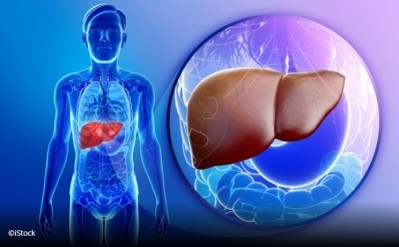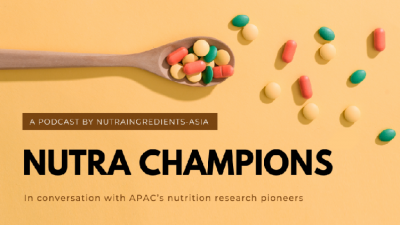Hop-derived compounds may prove effective against liver disease

The research team identifies the compound xanthohumol (XN) and its derivative tetrahydroxanthohumol (TXN) as possibly reducing fat build-up in the liver or hepatic steatosis.
“We demonstrated that TXN was very effective in suppressing the development and progression of hepatic steatosis caused by diet," comments Dr Adrian Gombart, Professor of biochemistry and biophysics at Oregon State University (OSU).
"TXN appeared to be more effective than XN perhaps because significantly higher levels of TXN are able to accumulate in the liver, but XN can slow progression of the condition as well, at the higher dose."
In the study, 60 mice were randomly assigned to one of five groups -- low-fat diet, high-fat diet, high-fat diet supplemented by XN, high-fat diet supplemented by more XN, and high-fat diet supplemented by TXN.
The OSU team found TXN slow down the weight gain associated with a high-fat diet and also aided in stabilising blood sugar levels, both of which thwarted the build-up of fat in the liver.
Potential mechanism of action
In discussing a potential mechanism for the compounds, which are found in hops, the team identified PPARγ, a protein that regulates gene expression.
PPARγ also plays a central role in controlling glucose metabolism and the storage of fatty acids, and the genes it activates stimulate the creation of fat cells from stem cells.
The team put forward the theory that XN and TXN act as "antagonists" for PPARγ, meaning they bind to the protein without activating it, hence less fat accumulating in the liver.
“Activated PPARg in liver stimulates storage of lipids and our data suggest that XN and TXN block activation and greatly reduce expression of the genes the promote lipid storage in the liver," Dr Gombart explained.
"These findings are consistent with studies that show weaker PPARγ agonists are more effective at treating hepatic steatosis than strong agonists. In other words, lower PPARγ activation in the liver may be beneficial.”
Previous research has suggested that reduced PPARγ activity protects against high-fat diet-induced obesity as well as liver steatosis.
However, treatment with the anti-diabetic medication pioglitazone, a PPARγ agonist, reverses the protection against adipocyte hypertrophy (enlarged adipocytes) and decreases insulin sensitivity.
PPARγ antagonists to treat hepatic steatosis such as tanshinone IIA, β-cryptoxanthine, protopanaxatriol, isorhamnetin and Gleevec appeared to improve metabolic parameters in diet-induced obese (DIO) mice.
“These observations strongly suggest that moderate inhibition of PPARγ activity may reduce the risk for developing hepatic steatosis induced by diet, and PPARγ antagonists may be useful for the treatment and prevention of NAFLD,” the study states.
TXN superior than XN in liver build up
The team noted that TXN was superior at accumulating in the liver than XN, helping to explain why it was more effective in reducing lipids. However, its accumulation in the tissue remains not fully understood.
"It may be because XN is metabolised by the host and its gut microbiota more than TXN is, but additional studies are needed to figure that out," Gombart said.
"Also, while XN and TXN are effective preventative approaches in rodents, future studies need to determine if the compounds can treat existing obesity in humans. But our findings suggest antagonism of PPARγ in the liver is a logical approach to prevent and treat diet-induced liver steatosis and related metabolic disorders, and they support further development of XN and TXN as low-cost therapeutic compounds."
Hepatic steatosis affects around 25% of people in the United States and Europe. While heavy drinking is often associated with liver problems, people with little or no history of alcohol use comprise that 25%, which is why their illness is known as non-alcoholic fatty liver disease, or NAFLD.
Resistance to insulin, the hormone that helps control blood sugar levels, is a risk factor for NAFLD, as are obesity, a high-fat diet and elevated levels of fat in the blood.
The liver helps the body process nutrients and also acts as a filter for the circulatory system, and too much fat in the liver can lead to inflammation and liver failure.
Source: eLife
Published online: DOI: 10.7554/eLife.66398
“Tetrahydroxanthohumol, a xanthohumol derivative, attenuates high-fat diet-induced hepatic steatosis by antagonizing PPARγ.”
Authors: Yang Zhang et al.















